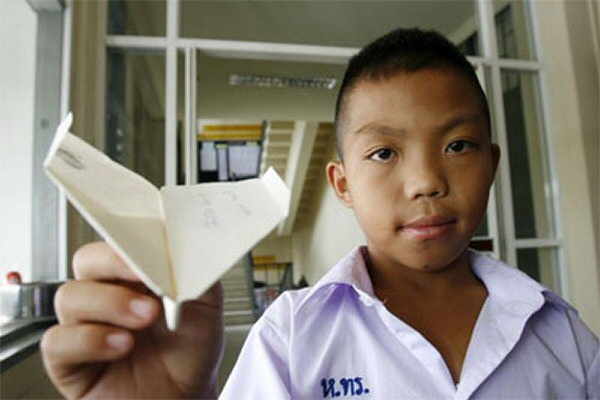Going back a hundred years or so Hua Hin was a sleepy fishing village. Then, the then King, King Rama VI, decided to build a summer palace away from the heat of Bangkok. He chose a beautiful location overlooking the sea in spacious grounds

and named his new home Phra Ratchaniwet Maruekkhathaiyawan (พระราชนิเวศน์มฤคทายวัน).

It was built in 1923 and the King first visited the following year.
The palace has three large wooden pavilions on stilts which run parallel to the sea front.

Separate rooms are connected by walkway, with other walkways circuiting around the rooms to allow courtiers and others to move about without disturbing the occupants.

One pavilion was dedicated to the King’s consorts. It’s entrance was guarded by female guards who stood in these niches. The only man allowed to enter was the King himself.
Following the King’s death the palace was abandoned and fell into a state of ruin. It has since been lovingly restored (in the 1970s) to its former glory and is now a popular destination for domestic tourists and for school groups.

Photograph of the interior wasn’t permitted, so there are no photographs from me of the King’s bathroom, with its imported Western porcelain, including a bidet, high flush toilet and enormous bath.
There’s little in the way of furniture in the palace; the King had his furniture transported from Bangkok whenever he visited.
A modest exhibition captured the costumes of the court’s women of the era – all very flapper.

The King didn’t enjoy the palace for long. In fact, he only visited twice; he died in 1925.
[413]







Recent Comments